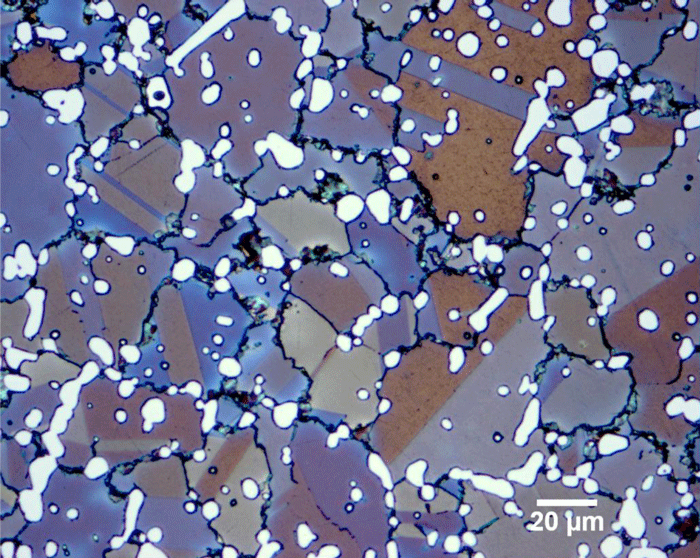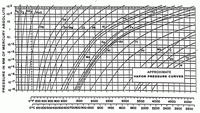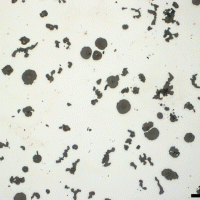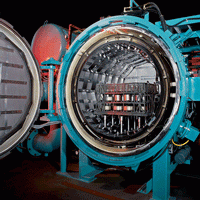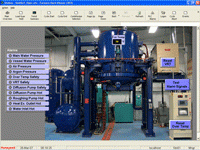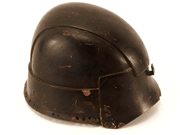Formation of martensite in fine-grained steels is probably the most common goal in heat treatment of components. The carbon content of the parent austenite phase determines whether lath (low-carbon) or plate (high-carbon) martensite, or mixtures of the two will be produced, assuming the quench rate and steel hardenability are adequate for full hardening. Lath martensite produces higher toughness and ductility, but lower strengths, while plate martensite produces much higher strength, but may be rather brittle and non-ductile.
For a given alloy content, as the carbon content of the austenite increases, the martensite start, Ms, temperature and the martensite finish, Mf, temperature will be depressed which results in incomplete conversion of austenite to martensite. When this happens retained austenite, which may be either extremely detrimental or desirable under certain conditions, is observed. The amount of retained austenite present depends upon the amount of carbon that can be dissolved in the parent austenite phase and the magnitude of the suppression of the Ms and Mf temperatures. This paper examines the conditions under which austenite is retained and the problems associated with it presence, with detecting it and with measuring it.

